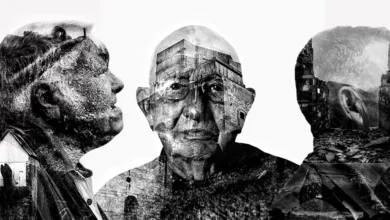Inspired by butterflies: Device which detects cancer cells

Researchers at the University of Illinois have developed an imaging sensor inspired by the powerful visual system of the Papilio xuthus butterfly. This innovative technology can detect cancer cells with exceptional accuracy by perceiving a wide range of colors, including ultraviolet light, which is invisible to the human eye.
Experts predict that this sensor will revolutionize diagnostic medicine and expand its applications beyond healthcare. This new technology incorporates a union of stacked photodiodes and perovskite nanocrystals (PNCs) that can capture different wavelengths within the UV spectrum.
Inspired by butterflies: Device which detects cancer cells

The design is based on the butterfly’s remarkable visual system, which supplies the image-forming ability for distinguishing different colors. A butterfly’s vision includes six or more classes of photoreceptors with distinct spectral sensitivities, something humans do not possess.
Butterflies also have fluorescent pigments that can convert UV light into visible light, which makes them detectable by their photoreceptors. This quality equips butterflies with the ability to perceive a wide range of colors and fine details in the environment.
The scientists copied how the UV sensing works and made a thin layer of tiny perovskite crystals stuck to silicon photodiodes. The crystals soak up UV light and send out green light that the photodiodes can see. This helps to make a map of the different UV lights.

This technology offers tremendous potential for the healthcare sector as cancerous tissue contains higher concentrations of various biomedical markers including amino acids, proteins, and enzymes compared to healthy tissue. When exposed to the UV spectrum, these markers fluoresce in a process called autofluorescence.
Hence, researchers have developed an imaging device that can distinguish between cancerous and healthy cells based on their fluorescence which achieves a remarkable accuracy of 99%.
During surgery, it can be hard for doctors to know exactly how much tissue to remove when removing cancerous tumors. This UV imaging helps by giving them a clearer picture. It’s like a guide that can make surgeries more precise and effective. In the future, this technology could change the way we diagnose and treat cancer.










